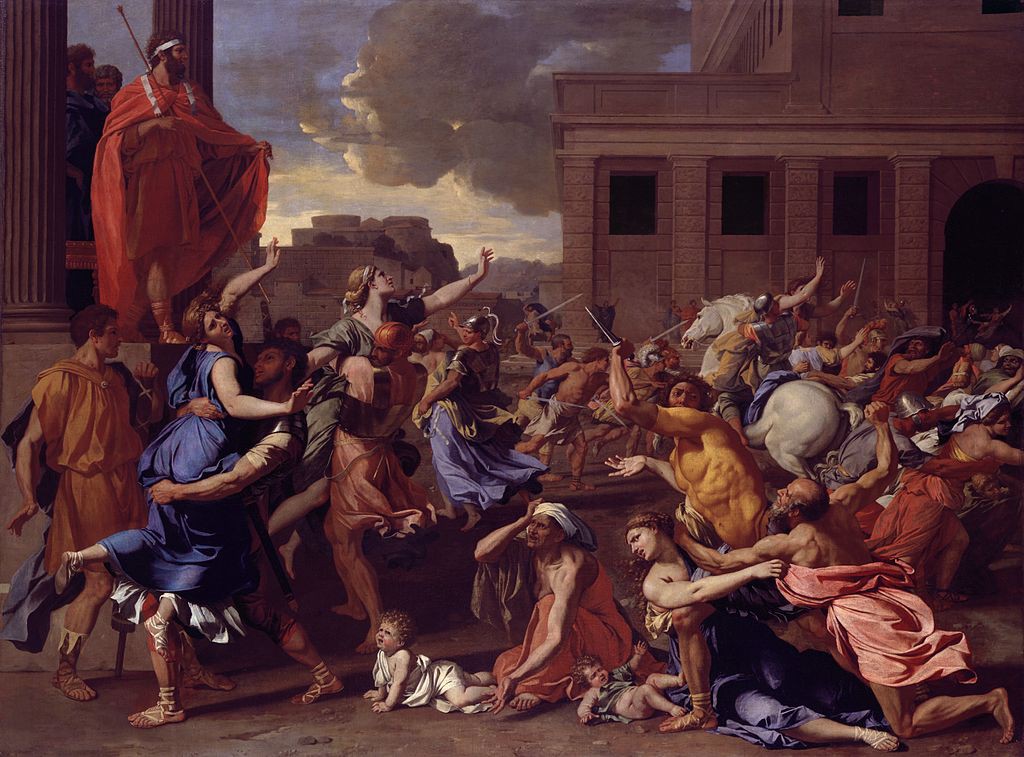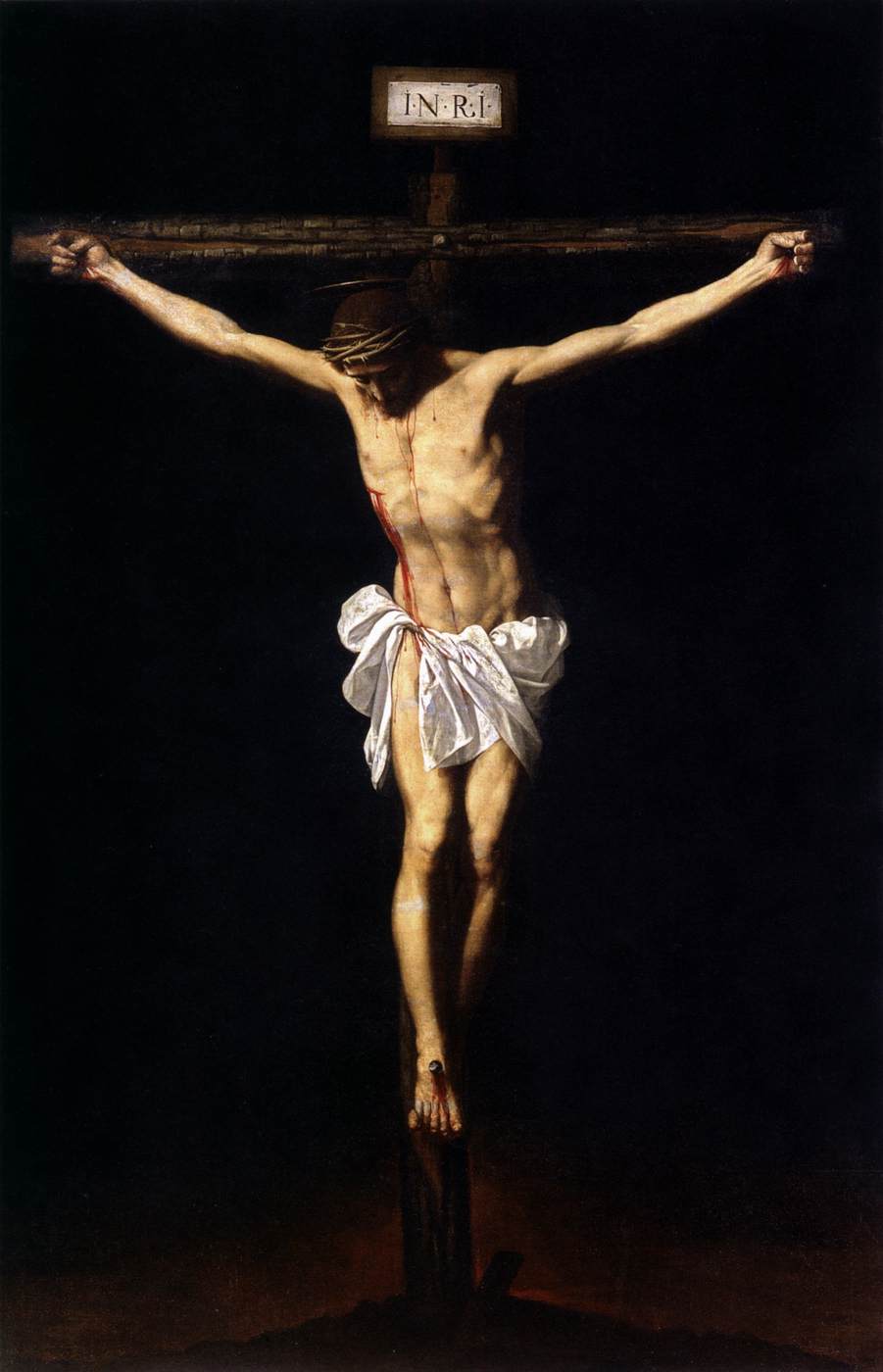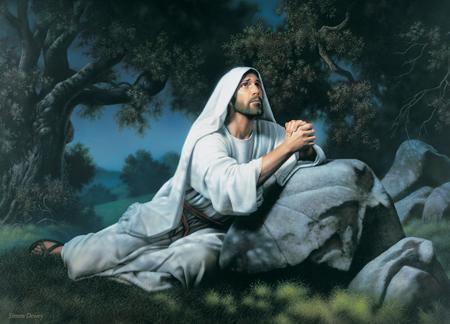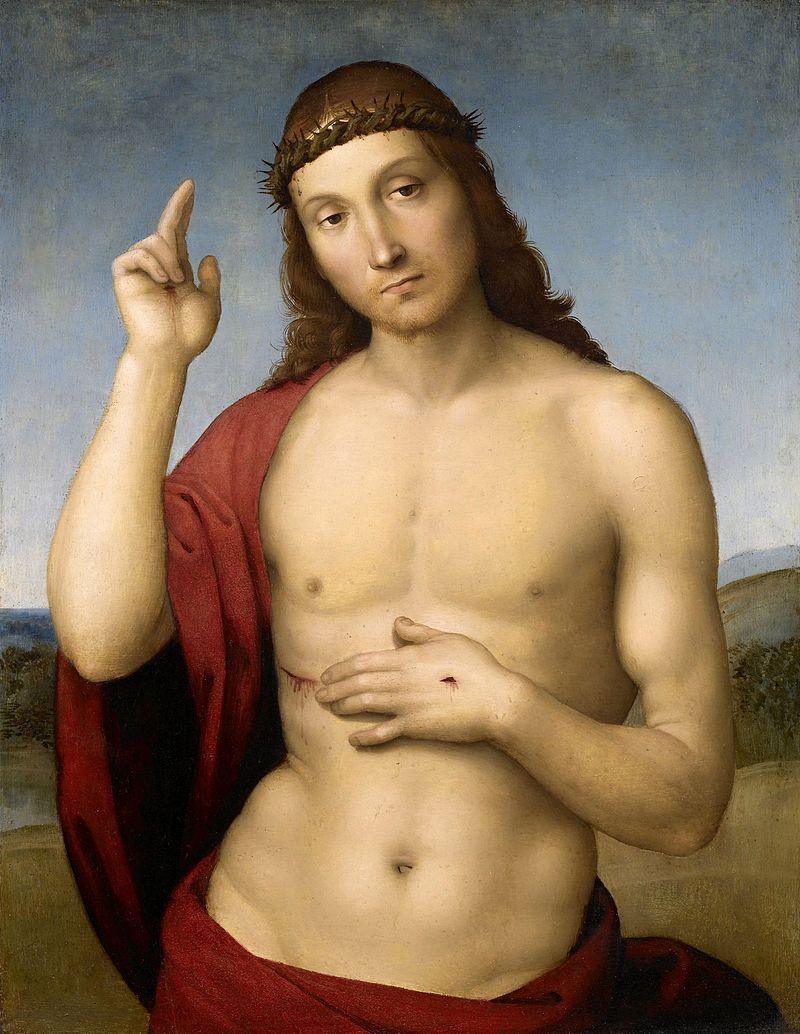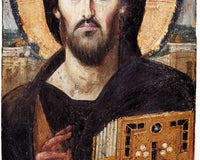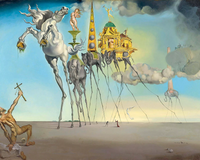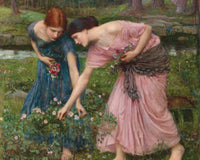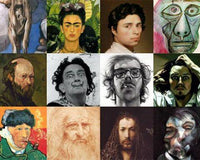The Baroque, an artistic movement that reached its peak in the 17th century, left a profound mark on the history of art.
Its style, characterized by drama, exuberance, and emotional tension, continues to fascinate and influence contemporary culture. This article will examine the masterpieces of the Baroque, the most influential artists, its legacy in contemporary art, and lesser-known aspects of this fascinating movement.
Ten Notable Baroque Artists
-
Caravaggio (1571-1610): Michelangelo Merisi da Caravaggio was an Italian painter whose chiaroscuro technique, highlighting the contrast between light and shadow, revolutionized Baroque painting. His most emblematic works include "The Calling of Saint Matthew" and "Judith Beheading Holofernes".

-
Diego Velázquez (1599-1660): This Spanish painter is considered one of the great masters of the Baroque and one of the most important artists in history. His masterpieces, such as "Las Meninas" and "The Triumph of Bacchus", combine realism with a subtle representation of human psychology.

-
Rembrandt van Rijn (1606-1669): Rembrandt, a Dutch painter, is known for his portraits and self-portraits, as well as his biblical scenes. His most famous works include "The Night Watch" and "The Anatomy Lesson of Dr. Nicolaes Tulp".

-
Peter Paul Rubens (1577-1640): This Flemish painter was one of the leading exponents of the Baroque. His paintings, such as "The Adoration of the Magi" and "The Three Graces", are noted for their vibrant color and voluptuous figures.

-
Gian Lorenzo Bernini (1598-1680): Although he is best known as a sculptor and architect, Bernini was also a prominent painter and set designer of the Italian Baroque. His sculptural masterpieces, such as "The Ecstasy of Saint Teresa" and "The Rape of Proserpine," exemplify the theatrical and emotional style of the Baroque.
-
Artemisia Gentileschi (1593-1653): This Italian painter was one of the few women to achieve success and recognition in the art world during the Baroque. Her paintings, such as "Judith Beheading Holofernes" and "Susanna and the Elders", stand out for their realism and representation of strong and determined women.

-
Jan Vermeer (1632-1675): Vermeer was a Dutch painter known for his exquisite genre scenes, such as "The Girl with a Pearl Earring" and "The Milkmaid". His work is characterized by attention to detail, representation of light, and a tranquil, contemplative atmosphere.

-
Nicolas Poussin (1594-1665): A French painter who worked primarily in Rome, Poussin was a key exponent of classical Baroque. His paintings, such as "The Arcadian Shepherds" and "The Plague of Azoth", focus on harmony, balance, and reason.

-
Francisco de Zurbarán (1598-1664): A Spanish painter known for his representations of religious themes and still life. His works, such as "Saint Casilda" and "Agnus Dei", are characterized by their realism and skill.

- Georges de La Tour (1593-1652): This French painter was an important exponent of the Baroque, especially known for his nocturnal scenes and his ability to capture the interaction between light and darkness in his works. His most famous paintings, such as "The Penitent Magdalene" and "The Gambler with the Trump Card", often feature figures illuminated by a dim and dramatic light source, creating an intimate and mysterious atmosphere. La Tour was influenced by Caravaggio and his followers, but developed his own style, making him a standout and unique artist in the Baroque period.

The Most Significant Paintings of the Baroque
The Baroque was an artistic period that produced a large number of iconic and masterful paintings. Below are some of the most significant and emblematic works of the period:
1. "The Calling of Saint Matthew" (1599-1600) by Caravaggio: This painting represents the moment when Jesus Christ calls Matthew to become one of his disciples. Caravaggio employs dramatic chiaroscuro to highlight the emotional tension and spiritual transcendence in the scene.

2. "Las Meninas" (1656) by Diego Velázquez: In this masterpiece, Velázquez depicts Infanta Margarita surrounded by her ladies-in-waiting and servants, while he himself appears painting in the background. "Las Meninas" is renowned for its complex composition and for raising questions about the relationship between art and reality.

3. "The Night Watch" (1642) by Rembrandt van Rijn: This painting, also known as "The Company of Captain Frans Banning Cocq," represents a company of civil guards in motion. The work is distinguished by its skillful use of light and shadow, as well as Rembrandt's attention to the individuality of each character.

4. "The Adoration of the Magi" (1609-1610) by Peter Paul Rubens: In this vibrant painting, Rubens depicts the arrival of the Magi at the birthplace of Jesus Christ. The work is characterized by its dynamism, rich color palette, and the energy of the figures.

5. "Judith Beheading Holofernes" by Artemisia Gentileschi: A significant work for several reasons, Judith Beheading Holofernes by Artemisia Gentileschi graphically represents Judith cutting off the head of the Assyrian general Holofernes with the help of her maidservant. The work is intriguing because it is a rare example of an artwork by a female painter of the time and has been analyzed by scholars throughout history in relation to its genre. The work, however, is important in its own right, as the dramatic spurt of blood and Judith's determined expression make it a masterpiece of Baroque painting.

6. "The Wedding at Caná" (1663) by Paolo Veronese: In this grand painting, Veronese depicts the biblical miracle of Jesus turning water into wine at a wedding. The work is known for its monumental scale, richness of detail, and lively representation of the feast.

7. "The Girl with a Pearl Earring" (1665) by Johannes Vermeer: Often called the "Mona Lisa of the North," this intimate and enigmatic painting of a young woman wearing a turban and a pearl showcases Vermeer’s mastery in the representation of light and atmosphere.

These paintings, along with many other masterpieces of the Baroque, have left a lasting impact on the history of art and continue to captivate viewers with their emotional intensity, theatricality, and masterful technique.
Other Significant Baroque Works:
The Education of the Princess by Peter Paul Rubens, The Anatomy Lesson of Dr. Nicholaes Tulp by Rembrandt, Child with a Basket of Fruits by Caravaggio, The Rape of the Sabine Women by Nicolas Poussin, The Geographer by Johannes Vermeer, The Battle of the Amazons by Peter Paul Rubens and Jan Bruegel the Elder, The Burial of the Count of Orgaz by El Greco, Joseph the Carpenter by Georges de La Tour
Special Mention for a Baroque Work that is Not a Painting:
"The Ecstasy of Saint Teresa" (1647-1652) by Gian Lorenzo Bernini: Although it is a sculpture and not a painting, this work is emblematic of the Baroque. Bernini depicts Saint Teresa of Ávila in a moment of divine ecstasy, with an angel about to pierce her heart with a golden arrow. The work combines theatrical, spiritual, and sensory elements in an architectural setting that exemplifies the Baroque style.
Art and Legacy: The Influence of the Baroque on Contemporary Art
The Baroque has had a lasting impact on contemporary art, both in terms of style and theme. Below are some of the ways in which the Baroque has influenced contemporary art:
Reinterpretation of Classical Themes: Many contemporary artists have taken classical themes and compositions from the Baroque and reinterpreted them in a modern context, using current techniques and materials. This approach often allows artists to address social, political, and cultural issues from a fresh and provocative perspective.
Exploration of Chiaroscuro: Chiaroscuro, a technique popularized during the Baroque, remains an essential tool for many contemporary artists. This technique, which involves the use of extreme contrasts between light and shadow, allows artists to create dramatic effects and focus attention on specific aspects of the work.
Theatricality and Narrative: The Baroque was a period in which theatricality and narrative became central elements of art. In contemporary art, theatricality manifests in installations and performances that seek to immerse the viewer in a sensory and emotional experience. Furthermore, narrative remains a crucial aspect in many contemporary works, as artists explore personal and collective stories to address issues of identity, memory, and belonging.
Fusion of Artistic Disciplines: The Baroque was a period in which painting, sculpture, architecture, music, and theater were closely related. In contemporary art, interdisciplinarity remains a fundamental aspect, with artists combining different media and techniques to create hybrid and multifaceted works.
Focus on the Emotional and Sensory: The Baroque was characterized by an emphasis on emotional and sensory experience. This concern for the emotional and visceral is also evident in contemporary art, with artists using intense colors, textures, and unusual materials to evoke emotional responses in viewers.
In summary, the legacy of the Baroque in contemporary art is undeniable and multifaceted. Through the reinterpretation of classical themes, exploration of chiaroscuro, theatricality, interdisciplinarity, and focus on the emotional and sensory, contemporary artists continue to incorporate and expand aspects of the Baroque in their works, demonstrating the relevance and vitality of this artistic period today.
KUADROS ©, a famous painting on your wall.

